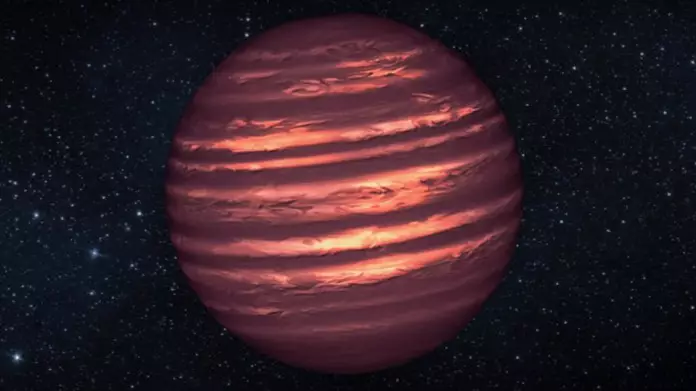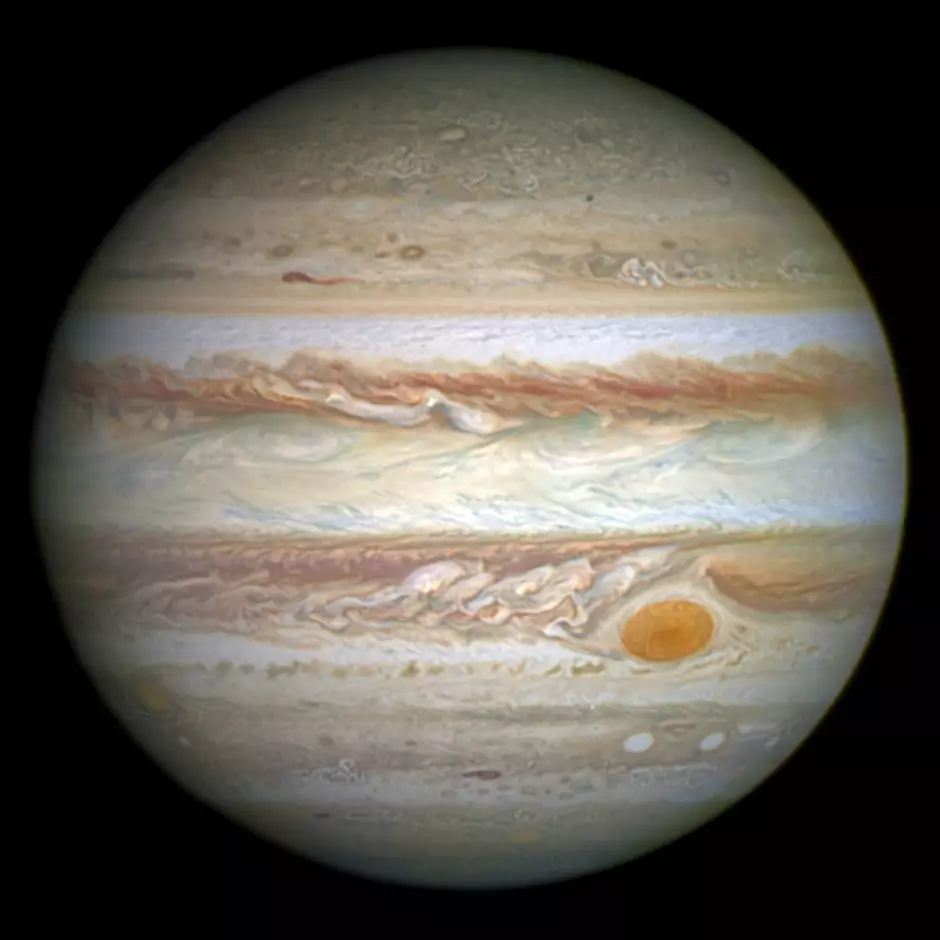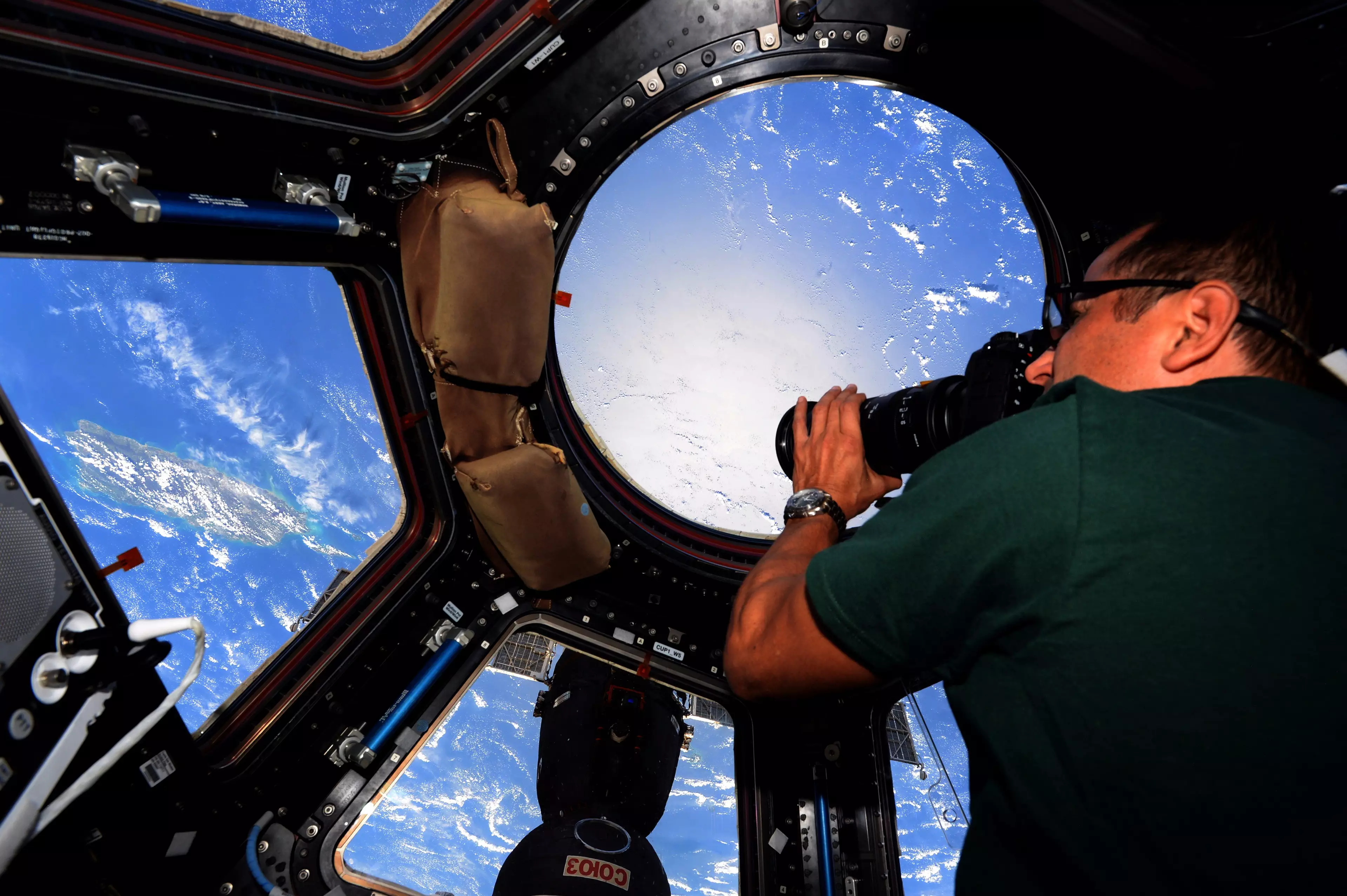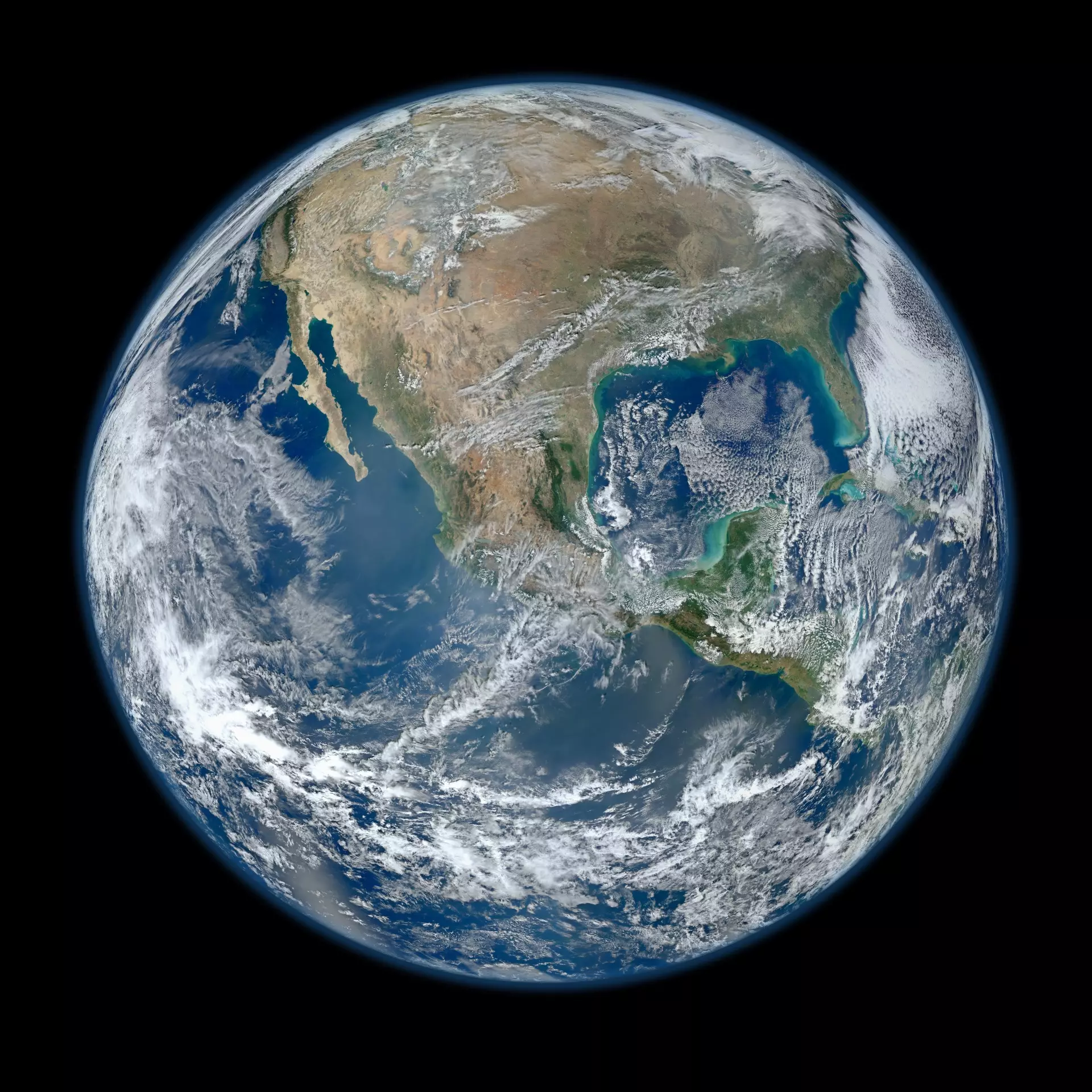
If you discovered your very own planet while scanning the night's sky of a Friday evening because you're not cool enough to hang out with the other kids down Kenton Wreck park, what would you call it?
Would you name it SusieQ1989 after your childhood sweetheart? What about Planet McPlanetyFace, the obvious option? Or there's Planet Zorg, simply because it sounds all Sci-Fi-esque and after all, the only reason to find new planets is to hopefully discover cool, sexy alien species and breed with, war with, or break bread with them. Possibly all three if you really fancy it.
However, a team of astronomers in the US has discovered a new planet, and they've called it OGLE-2016-BLG-1190Lb. Presumably the Ogle is in reference to the amount of time they spent ogling the night's sky. 2016 is probably the year and 1190lb the weight, but with BLG we can only presume or make stuff up.

Credit: Creative Commons
Advert
What also might be made up is the notion that OGLE-2016-BLG-1190Lb is even a planet, the reason being that it's so big astronomers aren't sure it even falls under the category of planetary orbital object, otherwise known as a planet. In a report published through Cornell University Library, the scientists said:
"We report the discovery of OGLE-2016-BLG-1190Lb, which is likely to be the first Spitzer microlensing planet in the Galactic bulge/bar, an assignation that can be confirmed by two epochs of high-resolution imaging of the combined source-lens baseline object.
"The planet's mass M_p= 13.4+-0.9 M_J places it right at the deuterium burning limit, i.e., the conventional boundary between 'planets' and 'brown dwarfs'."

Credit: PA

Earth: probably a planet (Credit: Creative Commons)
Advert
Confusing as that undoubtedly is, the report went on to say: "Its existence raises the question of whether such objects are really 'planets' (formed within the disks of their hosts) or 'failed stars' (low mass objects formed by gas fragmentation).
"This question may ultimately be addressed by comparing disk and bulge/bar planets, which is a goal of the Spitzer microlens programme."
Essentially, therefore, the question as to whether a massive object in the universe is a planet or a brown dwarf boils down to whether the object was formed through gas fragmentation or within a host, a bit like in Alien.
Words: Ronan O'Shea
Featured Image Credit: NASATopics: World News, US News, Nasa, Planet